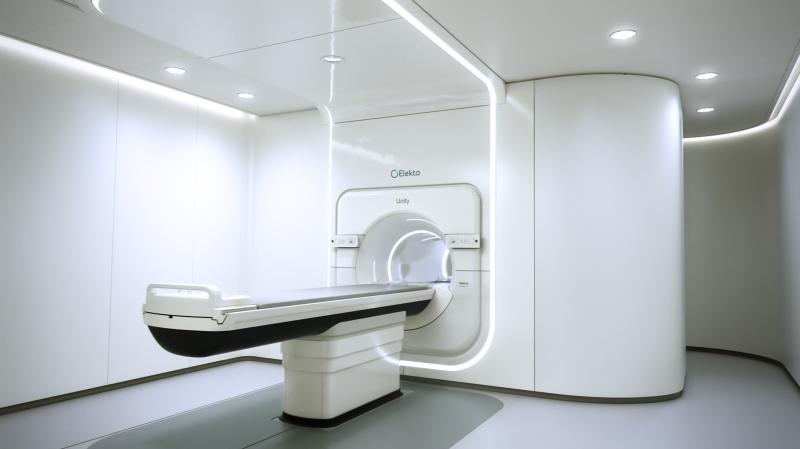Cancer: Definition and Comprehensive Overview by the World Health Organization (WHO)
Cancer, a term that evokes fear and concern across the globe, is a complex group of diseases characterized by the uncontrolled growth and spread of abnormal cells. The World Health Organization (WHO) provides a comprehensive definition and understanding of cancer, aiming to raise awareness and promote effective prevention and treatment strategies. In this article, we delve into the definition of cancer as outlined by the WHO, exploring its various dimensions and implications.
What is Cancer?
The WHO defines cancer as “a group of diseases characterized by the uncontrolled growth and spread of abnormal cells.” These abnormal cells have the potential to invade and destroy normal tissues, and they can also spread to other parts of the body through a process called metastasis. It is important to note that cancer can arise from any type of cell in the body, and there are more than 100 different types of cancer.

Types of Cancer
Cancer can be classified into several types based on the type of cell where it originates. Some common types include:
| Type of Cancer | Origin |
|---|---|
| Carcinoma | Epithelial cells (lining tissues) |
| Sarcoma | Connective tissue cells |
| Lymphoma | Lymphatic system cells |
| Leukemia | Blood-forming cells |
Causes of Cancer
The development of cancer is often the result of a combination of factors, including genetic predisposition, environmental exposures, and lifestyle choices. Some common causes of cancer include:
- Genetic mutations: Changes in the DNA of cells can lead to the development of cancer.
- Environmental factors: Exposure to certain chemicals, radiation, and other environmental agents can increase the risk of cancer.
- Lifestyle choices: Smoking, excessive alcohol consumption, and poor diet can contribute to the development of cancer.
Prevention and Early Detection
Preventing cancer involves reducing exposure to risk factors and adopting a healthy lifestyle. The WHO emphasizes the importance of early detection and screening to identify cancer at its earliest stages, when it is most treatable. Some common preventive measures include:
- Smoking cessation: Quitting smoking can significantly reduce the risk of developing various types of cancer.
- Healthy diet: Consuming a balanced diet rich in fruits, vegetables, and whole grains can help lower the risk of cancer.
- Regular physical activity: Engaging in regular physical activity can reduce the risk of certain types of cancer.
- Screening: Regular screening tests, such as mammograms, colonoscopies, and Pap smears, can help detect cancer early.
Treatment Options
The treatment of cancer depends on the type, stage, and individual patient factors. Common treatment options include:

- Surgery: Removal of the cancerous tissue through surgery.
- Chemotherapy: Use of drugs to kill cancer cells or prevent their growth.
- Radiation therapy: Use of high-energy radiation to destroy cancer cells.
- Targeted therapy: Use of drugs that specifically target cancer cells.
- Immunotherapy: Use of the patient’s own immune system to fight cancer.
Global Impact of Cancer
Cancer is a significant global health concern, with an estimated 9.6 million deaths attributed to cancer in 2018. The WHO reports that cancer is the second leading cause of death worldwide, after cardiovascular diseases. The burden of cancer is particularly high in low- and middle-income countries, where access to prevention, screening, and treatment services is limited.
Conclusion
Cancer, as defined by the WHO, is a complex and challenging disease that requires a comprehensive approach to prevention, early detection, and treatment. By understanding the various dimensions of cancer and promoting healthy lifestyles, we can work towards reducing the global burden of this devastating disease.

